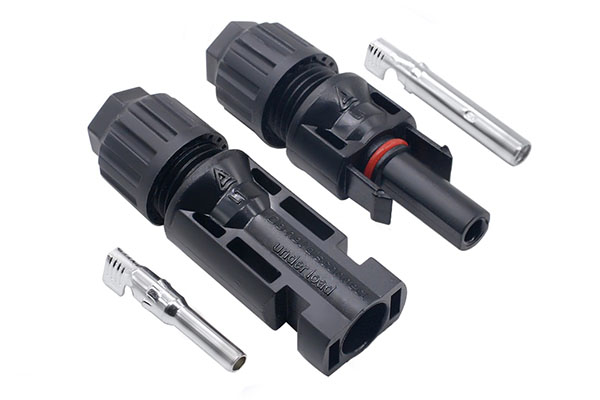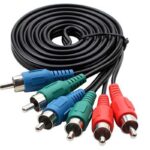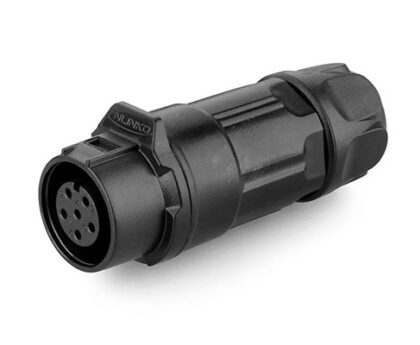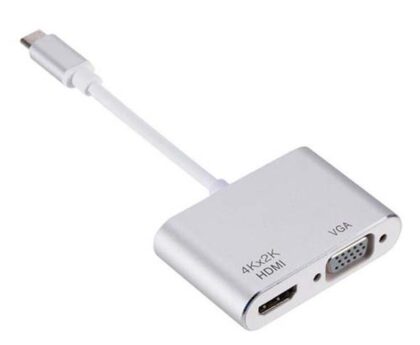In the ever-evolving world of LED displays, choosing the right waterproof connectors is a critical step in ensuring the longevity and reliability of your installations. The decision should go beyond merely adhering to technical standards; it must encompass practical considerations tailored to the unique challenges posed by the LED industry. This blog will guide you through the key factors to consider when selecting high-quality LED waterproof connectors.
Complying with Technical Standards
First and foremost, any waterproof connector you choose must meet the relevant electrical, installation, connection, insulation, and protection technical standards. These standards serve as the foundational criteria for your selection. However, it’s important to remember that these standards often lag behind the rapid advancements in the LED industry. As a result, some clauses might not fully address the industry’s specific needs, such as material durability and longevity.
Going Beyond the Standards
While complying with standards is crucial, it’s equally important to go beyond them and consider real-world applications. LED connectors often borrow standards from other industries, which might not fully align with the LED sector’s ever-changing requirements. For example, standards might vaguely state suitability for outdoor use without defining key factors, like material aging. This ambiguity can lead to a wide variety of materials and designs in LED connectors. Additionally, certain standards may set low-quality thresholds, allowing subpar connectors to enter the market. Real-world conditions can be far more demanding than the static environments in which some connectors are tested. Factors like cable retention force and torque resistance can vary greatly, leading to waterproofing failures or poor connectivity over time.
Examining Structural Design Principles
Structural design plays a pivotal role in the reliability of waterproof connectors. Choosing connectors with innovative and advanced design principles can give you a significant advantage. Outdated designs, even with excellent manufacturing quality, may fall short in terms of reliability and outdoor durability. Therefore, it’s imperative to consider connectors with forward-looking design principles.
Precision in Component Tolerances
Precision is paramount when it comes to connectors, especially in terms of connection, waterproofing, and male-female contact compatibility. High-end and low-end connectors might appear similar at first glance, but a closer look reveals substantial differences in component tolerances. Poor-quality connectors exhibit significant dimensional variations, jeopardizing connection stability and batch-to-batch consistency.
Evaluating Production Quality Control Systems
The quality control system of the connector manufacturer is a critical factor in your decision-making process. While a company might excel in producing individual connectors and receive impressive test scores, a visit to their production facility may reveal shortcomings. Lack of standardized material inspection, inadequate end-product testing, and absence of repair and testing procedures for non-conforming products can all undermine the overall quality of the connectors. Ultimately, a robust quality control system is essential to achieving not just 100% compliance but also the highest level of consistency and reliability.
In the long run, the choice of a connector manufacturer should align with their production scale, technical testing capabilities, and the comprehensiveness of their quality control systems. A larger enterprise with sophisticated technology and stringent quality controls is more likely to deliver connectors of higher caliber.
In conclusion
Selecting LED displays waterproof connectors is a multifaceted one that transcends basic technical standards. It necessitates a deep understanding of the unique challenges within the LED industry and a commitment to prioritizing real-world application over theoretical compliance. By considering factors such as design innovation, precision in component tolerances, and the robustness of the manufacturer’s quality control systems, you can make an informed decision that ensures the longevity and reliability of your LED installations. After all, the right choice of connectors is the cornerstone of successful and durable LED displays.



